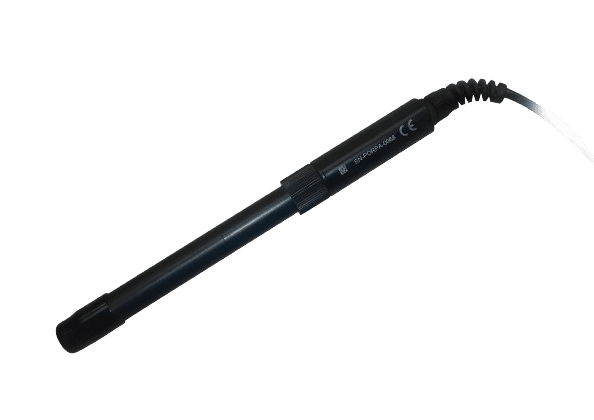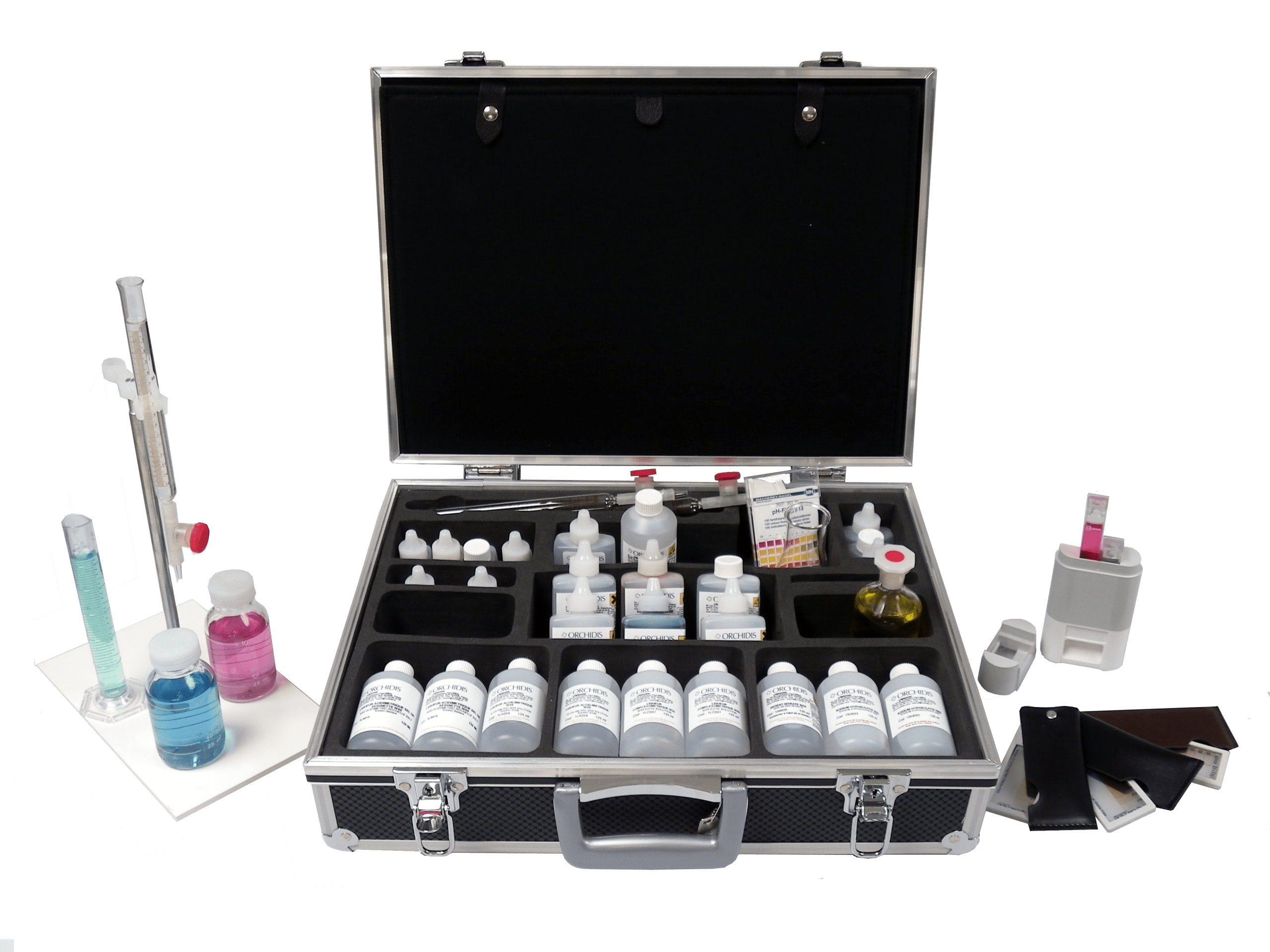
EHAN sensor
The EHAN sensor's replaceable Plastogel® electrode, wide titanium ring and digital communication make it the best option for reliable and durable ORP measurement for process control in demanding applications.
Learn moreUnlock the power of precise water management with Aqualabo’s EHAN probe. Designed for unparalleled stability and accuracy in ORP measurement thanks to its wide measuring platinum ring, this digital sensor features a replaceable Plastogel® electrode cartridge and open universal Modbus RS-485 communication.
Our ORP sensors can be integrated on any system offering an RS485 or SDI12 input and on our transmitters, portable equipment or datalogger.

The EHAN sensor’s replaceable Plastogel® electrode, wide titanium ring and digital communication make it the best option for reliable and durable ORP measurement for process control in demanding applications.

The EHAN sensor's replaceable Plastogel® electrode, wide titanium ring and digital communication make it the best option for reliable and durable ORP measurement for process control in demanding applications.
Learn moreORP indicates the water’s ability to oxidize or reduce contaminants, revealing potential environmental risks. Monitoring ORP levels is not only about optimizing treatment processes but also preventing significant consequences if left unattended. Without proper ORP monitoring, water systems are at risk of inadequate treatment and removal of contaminants, leading to compromised water quality, increased chemical consumption, and potential equipment corrosion. Any oversight can lead to suboptimal process control in both urban and industrial applications. Aqualabo’s EHAN probe ensures proactive monitoring, mitigating risks and maintaining optimal water conditions.
ORP measurement with Aqualabo’s EHAN sensor finds diverse applications, from optimizing urban wastewater treatment processes to enhancing industrial efficiency. In urban WWTP, the EHAN probe ensures precise control from the entrance to the aeration tanks to discharge, guaranteeing thorough water treatment. In industrial processes such as nitrification/denitrification, the EHAN sensor facilitates optimization, ensuring the quality of effluent. The probe’s adaptability extends to deodorization chains, showcasing its versatility in addressing a spectrum of water treatment challenges across various applications. Therefore, our ORP control equipment is indispensable for maintaining water quality at every stage of treatment, offering precise insights for informed decision-making. Water ORP measurement is also commonly used in applications such as swimming pools, drinking water treatment and aquariums, and industrial processes where water quality is crucial.
Aqualabo’s EHAN probe uses advanced ORP measurement technology for accurate and reliable results in the range of ±1000 mV. The sensor incorporates a reference electrode for ORP measurements with Ag / AgCl in a saturated KCl electrolyte in the form of a plasticized electrolyte “PLASTOGEL”®. The electrolyte communicates directly with the external environment without any capillary or porous intermediary, so there is no risk of clogging or defusing the reference. The wide measuring electrode is made of platinum as a sealed ring on the electrode glass and is designed for in-situ process measurements. Temperature compensation is provided by an integrated CTN sensor.
Aqualabo’s EHAN sensor is characterized by its robust design. Highly resistant materials of construction combined with a reliable measuring principle make it the best choice for difficult process applications. The open and universal Modbus RS-485 communication allows seamless integration with third party equipment. The built-in transmitter ensures interference-free measurement and allows temperature compensation to be carried out inside the sensor. Easy operation and maintenance with the replaceable electrode cartridge keep your sensor running smoothly and cost effectively. Trust EHAN for high-performance ORP monitoring and optimal process control in water treatment.

Calibration involves adjusting the probe readings to a known standard. The EHAN sensor is calibrated at 2 points: an electronic zero in air and a known ORP value selected by the user. This allows the EHAN sensor to be calibrated to a value close to the expected working level, increasing the accuracy for a specific application.
Cleaning is performed by immersing the electrode in a special cleaning solution similar to that used for pH sensors. The electrode must be kept clean, and the calibration must be checked regularly and adjusted over time. When the electrolyte is depleted simply replace the replaceable cartridge with a new one and you are good to go!
The combination of interference-free digital communication and a robust design of the measuring components makes the EHAN the best option for industrial and difficult applications.
Yes, EHAN's compact, lightweight design allows for both portable and online use. As a smart sensor, the calibration is stored in the built-in memory and compensation is done internally, so you can even switch the sensor from spot to online measurement in a snap without worrying about accuracy.
AQUALABO is a French manufacturer of instrumentation and chemical reagents for the control and analysis of water quality.
Contact us
© Aqualabo 2023 - All rights reserved